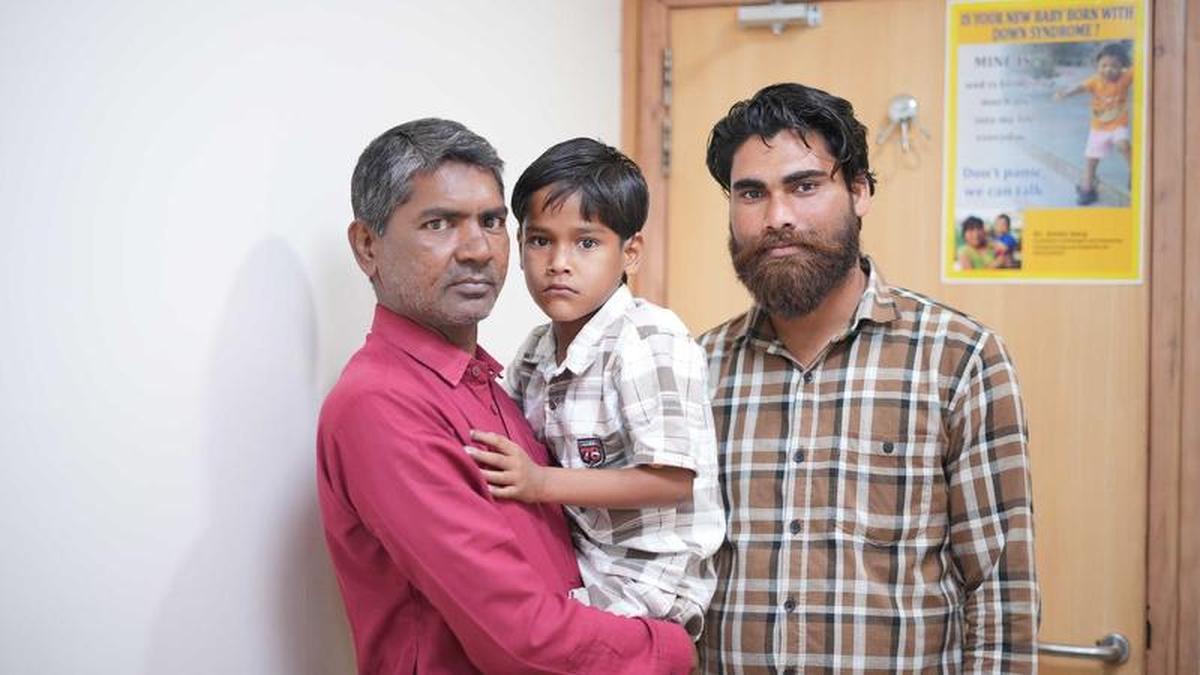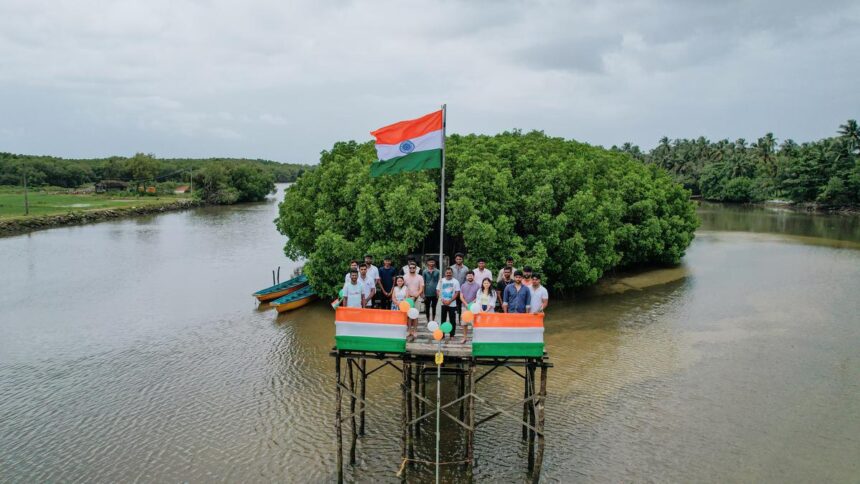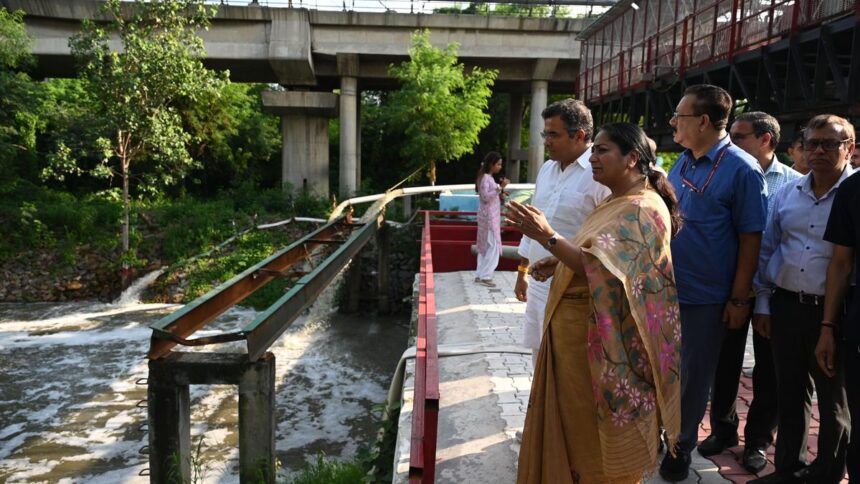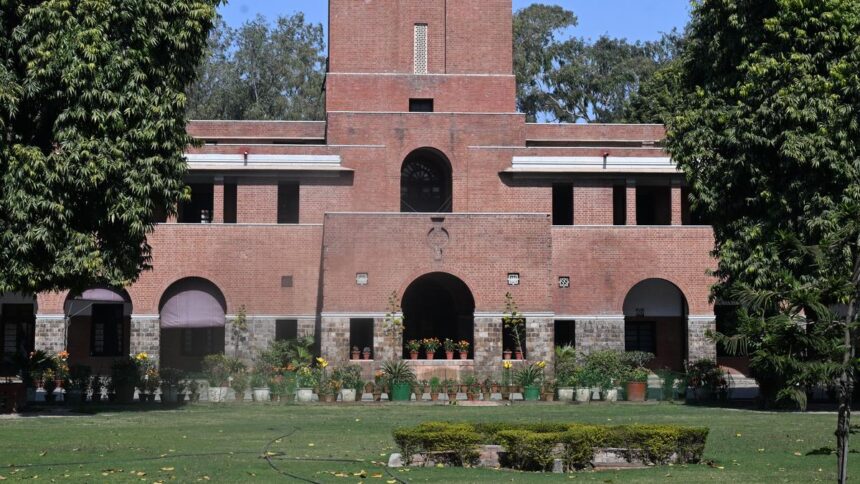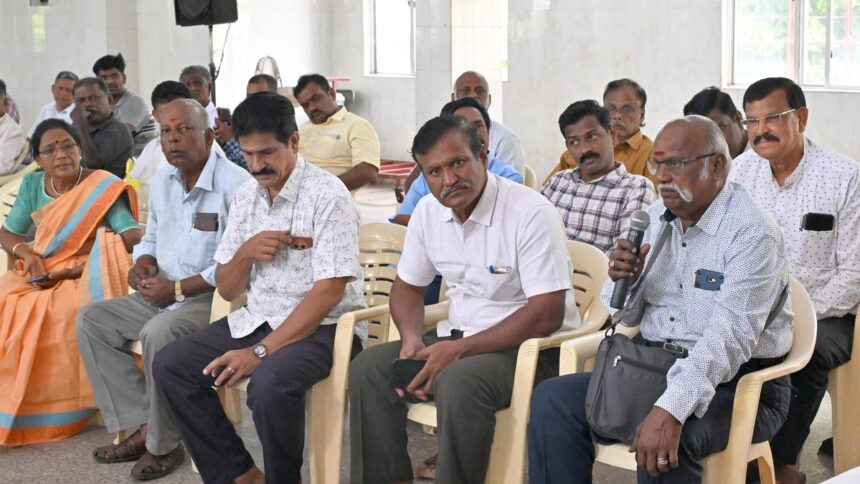
Ayansh with his family members after the surgery.
| Photo Credit: Special Arrangement
Doctors at BLK-Max Super Speciality Hospital in Delhi successfully performed a minimally invasive procedure recently on a six-year-old boy, from a remote village in Haryana, who was born with a rare and life-threatening heart defect.
The boy, Ayansh, had a single functional heart chamber, a condition affecting less than 1% of children with congenital heart defects. A normal heart has four chambers that regulate the circulation of oxygenated and deoxygenated blood throughout the body and lungs.
Ayansh reported symptoms such as fatigue, and his lips and fingers would often turn blue due to severely low oxygen levels in his blood. This was caused by the absence of the right side of the heart, which is responsible for pumping deoxygenated blood to the lungs. This condition, known as single ventricle physiology, resulted in the mixing of oxygenated and deoxygenated blood in his body, depriving him of the oxygen he needed.
A team of doctors, led by Gaurav Garg, Associate Director of Paediatric Cardiology at BLK-Max Super Speciality Hospital’s Heart and Vascular Institute, successfully performed the Transcatheter Fontan procedure on the young patient. This minimally invasive intervention was carried out entirely through a small incision in the groin, avoiding the need for open-heart surgery. The doctors used catheters and wires to reach the heart and place a covered stent in it.
“When Ayansh came to us, his oxygen levels were dangerously low, hovering around 70-75%,” said Dr. Garg, who has been treating the child since infancy.
‘Safer alternative’
“He had already undergone the first stage of treatment, known as the Glenn procedure, when he was just six months old, in which blood flow from the upper body was redirected to the lungs, bypassing the malformed right heart. The final stage — the Fontan — is usually a high-risk surgery done around this age. Traditionally, this is a high-risk, open-heart surgery involving re-operation on the chest, with significant risks of bleeding, infection, pain, and prolonged hospitalisation. Considering the child’s age and the complexity of the case, we opted for Transcatheter Fontan — a safer, minimally invasive alternative,” he said.
The procedure brought significant relief to Ayansh and his family members. Within days, his oxygen levels began to increase, and the bluish tint on his skin started to fade.
“These kinds of congenital heart defects often go undetected in rural areas. In Ayansh’s case, early diagnosis and timely intervention were key. While the exact cause of such defects is still unclear, it may be linked to genetic factors,” Dr. Garg said.
Published – June 25, 2025 11:39 pm IST








